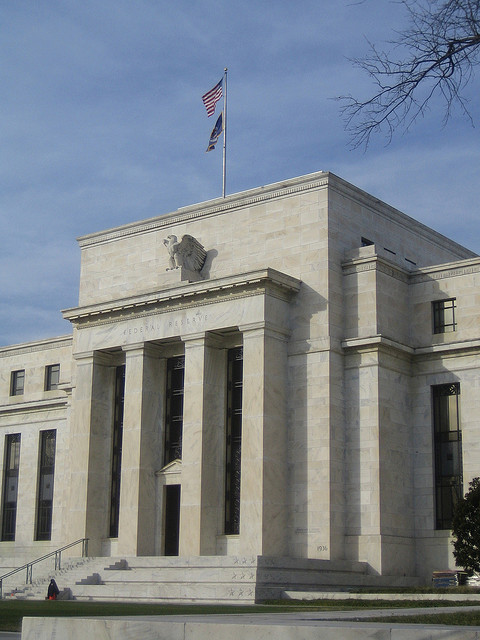Talk of the US Federal Reserve (Fed) having hiked too late in December is self-defeating and, at this stage, pointless. Decisions on whether the Fed made the right decision or not should be based on the information at the time; not hindsight.
The case for hiking in December was simple: the labour market was booming, the economy appeared to be approaching full-employment rapidly, and economic models say this eventually leads to higher inflation. So if the Fed wanted to be gradual in its hiking cycle to avoid having to cause a sharper slow-down later on, then it needed to start hiking sooner rather than later.
Reasonable people can disagree with this argument, pointing to the possibility of hidden slack in the labour market and our possibly flawed understanding of the inflationary process. But nothing that has happened since December should drastically alter which side of that argument one sides with. The one month of nasty market volatility we have seen should not fundamentally alter one’s assessment of the economy and so appropriate policy.
If anything the economy has broadly developed in 2016 as the Fed expected. While activity has weakened a little, the labour market has continued to look strong and there are tentative signs of wages finally picking up. Financial market volatility does not seem to be telling us anything worrying about the state of the economy. This should reassure the Fed and give pause to the critics.
Bizarrely there are even some critics who claim that hiking in December 2015 was a mistake, but that the Fed should have hiked in 2014. It is hard to make sense of these arguments. Unemployment was higher and the output gap bigger in 2014, so the case for easy policy was simply much stronger. The Fed does not have some ‘window of opportunity’ to hike, as if hiking in and of itself is the objective of policy. It hikes if, and only if, the economy needs it. Hiking in 2014 would have kept the economy weaker and ultimately caused rates to be lower in the future. The surest way of ensuring rates stay low for the longest time is to hike too early. As the European Central Bank knows only too well after it chased after inflationary apparitions by hiking in 2011.
If the Fed did make an error it was in painting themselves in a corner over hiking in December.
After signalling in early 2015 that they planned on hiking at some point that year, they felt obliged to follow through on this semi-promise. Had they failed to hike this would probably have undermined their communication credibility. But long-term credibility comes from ‘doing the right thing’ – being flexible enough to adjust to the situation and changing policy when the ‘facts change’ – as our economist friend Mr Keynes would have advocated.
It may be that this is what the Fed ends up doing in 2016.
While recent volatility does not suggest the 2015 hike was a mistake, it might mean that the Fed should change its plans for 2016. It is currently signalling that it will hike three to four times this year. This may no longer be appropriate. Recent market moves may not have been caused by economic weakness but it could cause economic weakness. Market weakness can create economic weakness that then justifies the market weakness. The Fed will probably want to push back on this by signalling a slightly easier path. But this is certainly not the same as saying the earlier hike was a mistake.
Luke Bartholomew is Fixed Income Strategist at Aberdeen AM.


